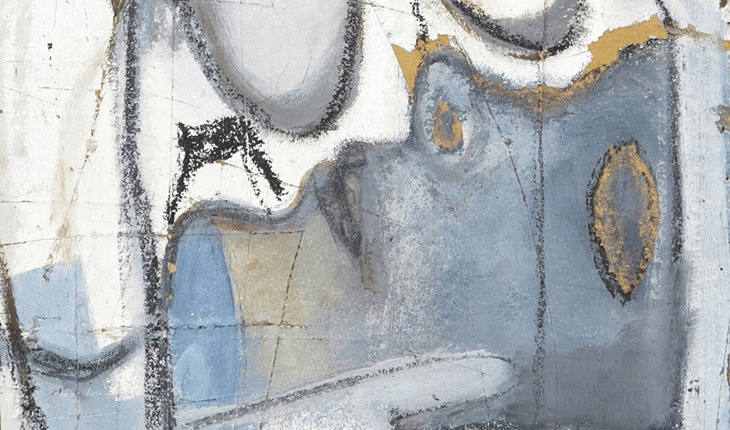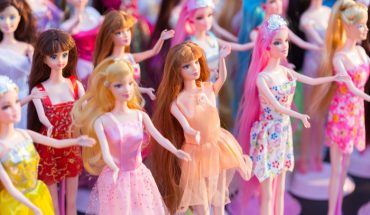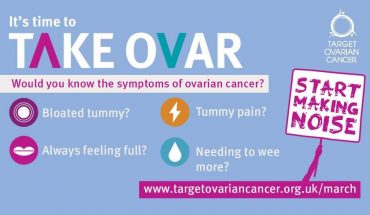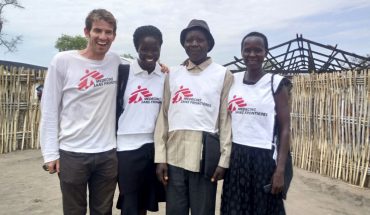We all experience birth – and yet, unlike sex and death (art’s favourite subjects) encounters with birth in contemporary art are rare. Birth is the universal subject – so why is it so obviously absent in contemporary art? A new exhibition, ‘Birth,’ at 59 Riding House Street, London, until 9th November tackles the taboos, joy, pain and misconceptions surrounding birth. The exhibition’s Curator, Charlotte Jansen comments: ‘Birth’ is a group exhibition of 24 artists who seek to change our perception of the most under-explored and underrated subject in art. Explicit and direct images of childbirth elicit profound emotional responses. Birth is universal, but it is also intensely private and individual.’
‘Artists are as likely to self-censor their work on the subject as galleries and museums tend to shy away from presenting it in their public spaces. While safe expressions of birth include pregnancy, breastfeeding and ultrasound scans, depictions of the gruelling, transformative, violent, sexual, psychological and physical consequences of birthing are controversial,’ says Jansen.
From a prepubescent age we are taught to fear pregnancy, but later in life we learn it is not something that we can control. From first menstruation until menopause, women aren’t ever truly free from confronting the question of birth. A number of issues surrounding pregnancy and birth remain taboo topics despite the huge number of people whose lives they affect. ‘It is these acute, candid, unflinching depictions of all aspects of birth that we wanted to bring together in ‘Birth’ an exhibition of artists who are changing our perception of it.’
‘One of the artists who has exploded the silence around birth in contemporary art is Carmen Winant, the American artist whose monumental 2018 installation ‘My Birth’ (now in the Museum of Modern Art Collection) of 2,000 found photographs of birth has changed the way we see this subject. Part of the success of Winant’s project has been the way she has dovetailed all of the’ issues that birth brings up without avoiding the explicit and without narrowing its intellectual possibilities. A beautiful, rare glass work by Winant is included in this show.
Another pivotal work in ‘Birth’ is Blood Speaks, a VR film by Poulomi Basu, shot in Nepal, documenting the ritual exile of a young woman after birth – banished with her newborn for postpartum bleeding. It is an arresting, difficult work that is a protest and an accusation and forces us to think about the way we treat women’s bodies all over the world.
Poulomi Basu says: ‘A scream an act of protest, this show with its focus on birth articulates so much about the female experience as an individual and as a member of society that for too long has neglected such experience. This tell us so much about how our society views women. To acknowledge, is to understand; to instigate conversations that should be had across society – not just but between women and men but also, man to man, so to speak. Despite the fact that the female form is central to the history of art – birth, menstruation, miscarriage, abortion, post-partum depression and other associated narratives are almost entirely absent from artistic representation. This show aims to address that, bringing that which has been neglected to the shadows out into the full glare of the day.’
Cynthia Cervantes, one of two artists included in ‘Birth,’ who are due to deliver their first child during the show run collaborated with her husband Travis Gumbs to photograph nine women, representing the nine months, culminating in a crowning image – the moment of transition from in to out. Cervantes began the series as a way to confront her own fears about pregnancy and birth, having experienced the death of her infant baby sister from SIDS, when Cervantes was only 13. The artist’s Crowning image of birth invites us to confront our deep-rooted fear and understand it.
Another highlight of the exhibition is perhaps one of the most radical: ‘Diary of a Pregnant Woman’ (A Opera Mouffe) by Agnes Varda, created in 1958. Varda made the 16-minute long film when she was pregnant, experiencing the grimy streets of La Mouffe in a completely different way through her transforming body. Varda was no doubt ahead of her time in exploring pregnancy from behind the camera, as active subject, rather than passive object.
Until 20th December, The Omer Tiroche Gallery, in London, are displaying ‘The Luxury of Tenderness,’ a striking painting by Marlene Dumas, who studied psychology, documenting the personal journal of her pregnancy. The distorted composition gives the viewer an unnatural viewpoint from above, looking down at the figure as she cradles her pregnant belly, witnessing a very intimate moment between a mother and her unborn child. The pale blue colour palette and loose outlines of the figure evokes the calming atmosphere of pure bliss and ease.
Pregnancy and birth are amongst the most extreme states of the human condition ‘Understanding the narrative about the beginning of life is the beginning of understanding the way we live life,’ says Jansen.
Birth: A Group Exhibition, Until 9th November 2019, at 59 Riding House Street, London W1W 7EG t. 0207 729 6591
Id, Ego, Superego: An Investigation of Self-Portraiture at the Omer Tiroche gallery, until 20th December 2019, 21 Conduit Street, London W1S 2XP
- People’s Choice Victory for Down’s Syndrome Scotland Garden at Chelsea 2025 - 28th May 2025
- Cadogan: A Chelsea Family By Tamsin Perrett - 3rd May 2025
- Dream Worlds a new exhibition in Cambridge - 14th December 2024







